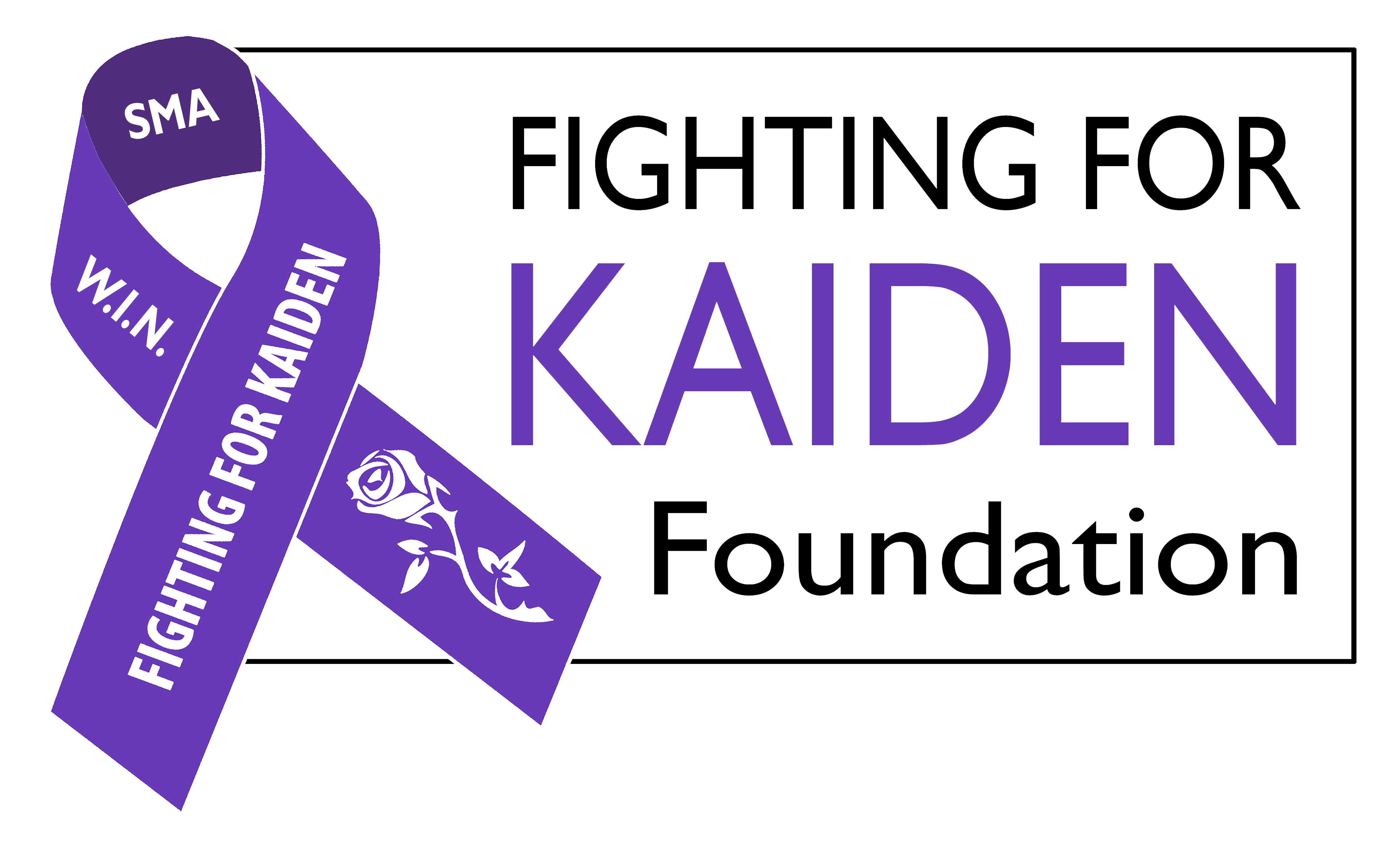start date: November 2021
estimated completion: January 2022
last updated: November 10, 2021
size / enrollment: 200
study description: Spinal muscular atrophy (SMA) is an autosomal recessive disease caused by a mutation in survival motor neuron 1 (SMN1), characterized by progressive weakness and muscle atrophy. With an incidence of 1 in 10,000 and a carrier frequency of 1 in 50, SMA is one of the most common recessive genetic diseases. SMA muscle disease, which has a broad phenotype, is classified according to the age of onset of symptoms and motor milestones achieved. Type 1 SMA is the most common type that starts before 6 months. These babies, who never gain the ability to sit independently, have a severe weakness. It is also one of the most common genetic causes of death in children. Type 2 SMA occurs before 18 months. With milder weakness, these infants can sit but never walk independently. Type 3 SMA patients can ambulate. Type 4 SMA occurs with milder weakness in adults. Providing supportive treatment by a multidisciplinary team is essential for prolonging life and more comfortable life by reducing the severity of symptoms, especially in the most severe SMA cases. However, this is not enough to change the poor prognosis. FDA-approved drugs improve survival and motor function, allowing some SMA patients to reach motor milestones they've never reached before. The positive results of medical and physical treatments are most striking before the onset of the symptoms of weakness in infants.
Duchenne muscular dystrophy (DMD) is an X-linked recessive inherited disorder. Mutations in the dystrophin protein cause this progressive muscle disease, which affects one in 5000 male newborns in the world. However, developmentally delayed motor milestones, muscle weakness seen around 2-3 years of age, toe walking, frequent falls, calf hypertrophy, and Gowers Sign are warning signs for diagnosis. The time from the concern of the families to the certain diagnosis of the DMD is approximately 2 years. This delay in diagnosis can be devastating for the family and the patient, as muscle function declines during this time. Although DMD predominantly affects men, a small number of female carriers may present with a variety of symptoms. For this reason, genetic testing is recommended to find out the carrier status of female relatives of patients with DMD. A proactive approach and multidisciplinary teamwork are required in the care of DMD patients. Early diagnosis and timely access to treatment are promising for children with DMD.
In the light of all this information, the authors emphasize the importance of early newborn diagnosis and genetic carrier screening for these two serious muscle diseases. This study was designed to understand the general awareness of society on these devastating diseases. Furthermore, the attitude of people towards the newborn and genetic carrier screening, and the physiotherapy approach as a treatment method will be questioned during the study. A questionnaire was prepared to obtain information about the issues mentioned above, and it is not include any kind of scale. This questionnaire also includes the demographical questions to compare the attitudes and awareness between the different professions, ages and educational levels.
primary outcomes:
- Awareness level of community on the SMA and DMD diseases.
Questionnaire
- Day 1.
Attitudes of community towards SMA/DMD newborn screening and carrier screening.
Questionnaire
- Day 1.
Public opinion towards the effectiveness of physiotherapy and rehabilitation on DMD/SMA.
Questionnaire
- Day 1.
inclusion criteria:
• Eligible Ages: 18 - 50
• Eligible Sexes: all
Inclusion Criteria:
All man and women 18-50 years old
Volunteering to participate in the study
Live in Turkey
Being able to read and understand survey questions
exclusion criteria: Criteria:
Refusal to participate
Cognitive impairment preventing understanding of the questionnaire and self-reporting












